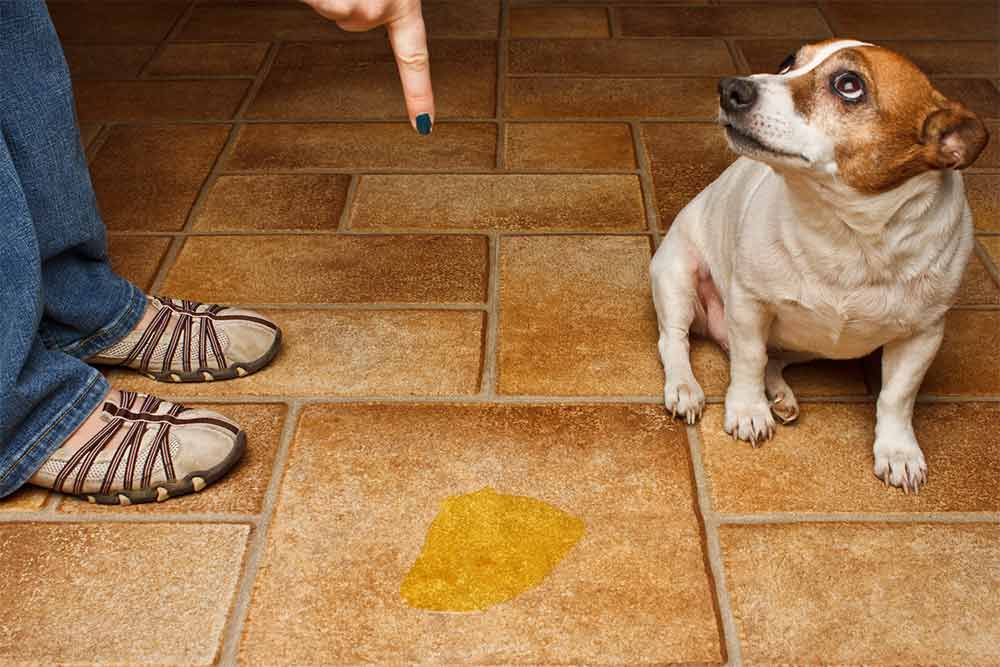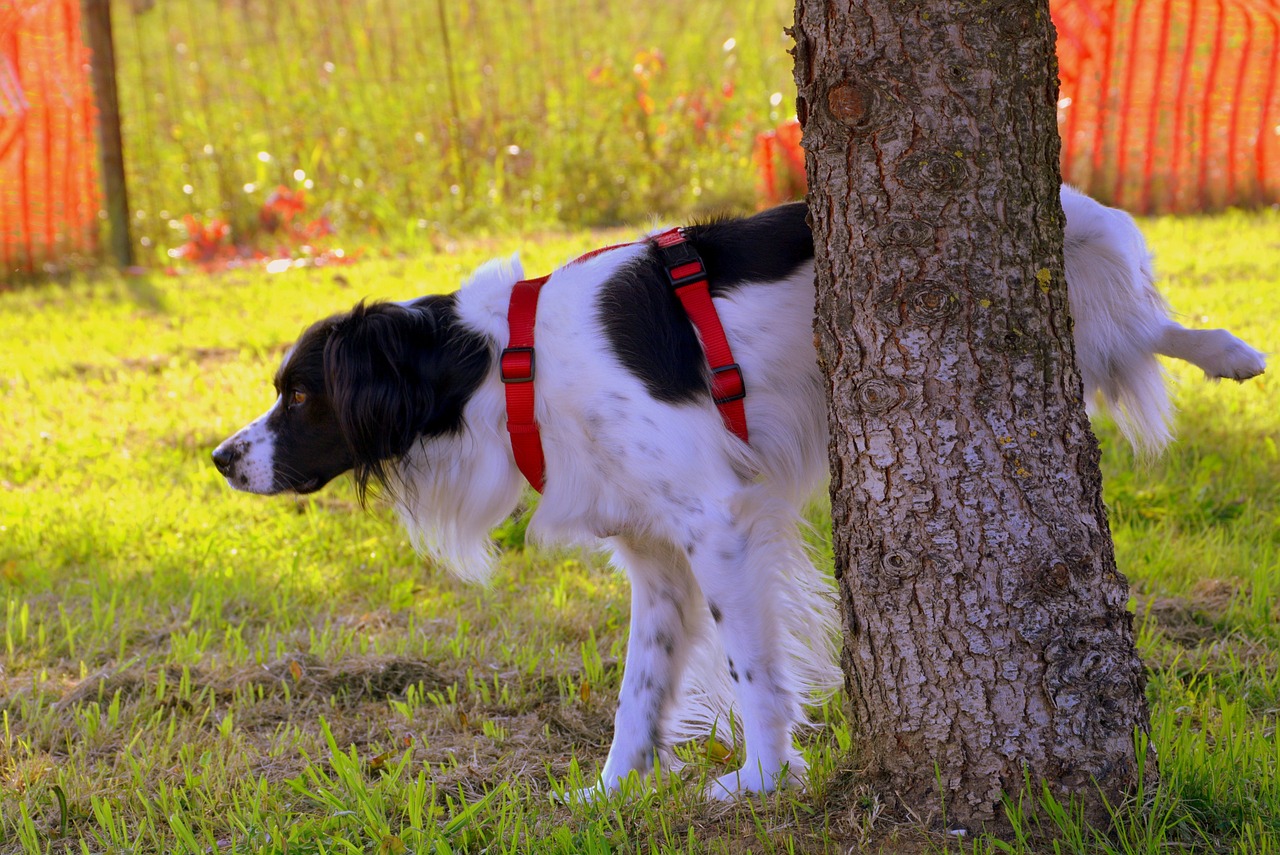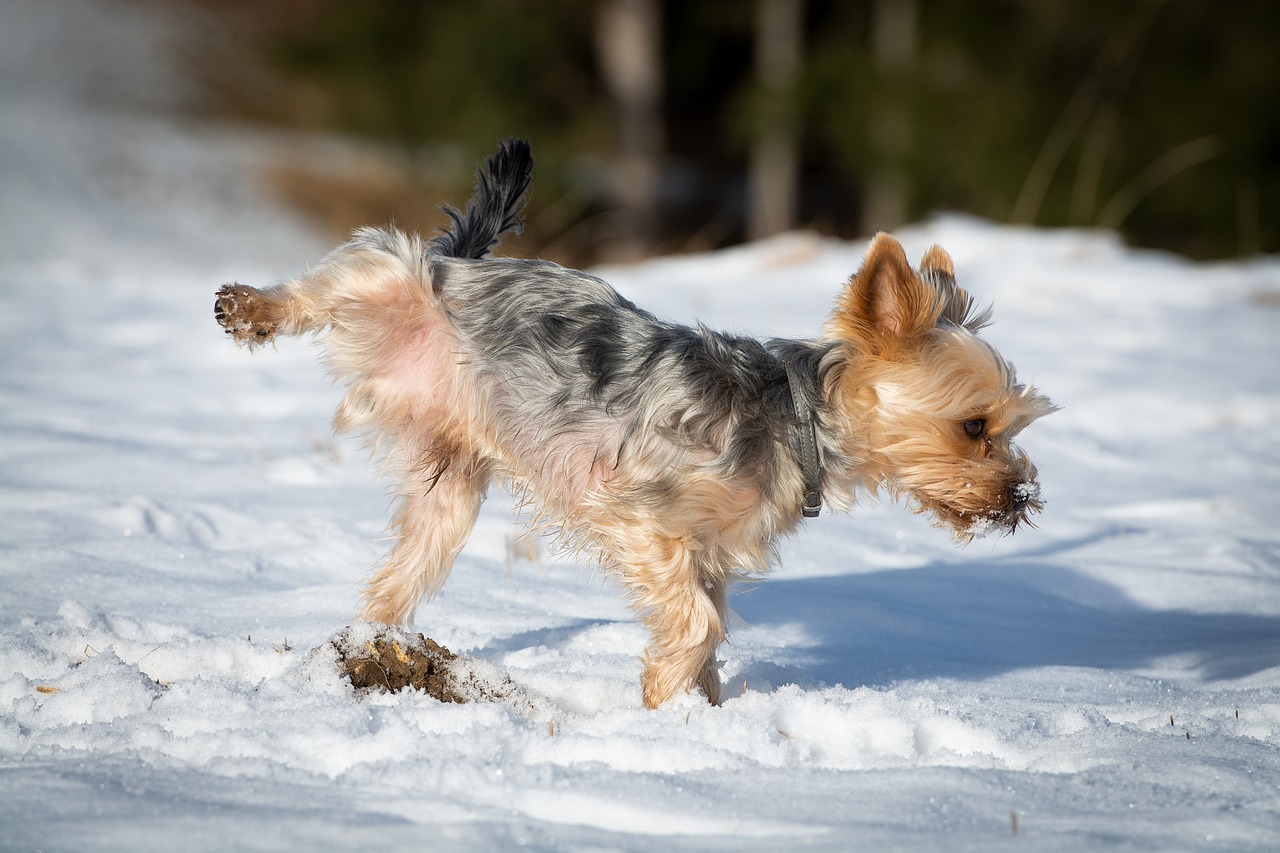
If your dog is peeing or pooping inside your home, it is important to recognize why this behavior is happening. Using punishments will only make the problem worse. For example, rubbing your dog’s nose in a puddle isn’t a good punishment. Instead, use positive reinforcement to encourage your dog to eliminate outside. For example, you can reward your dog by having him sit by the door or ring a bell when he does.
Normal marking and elimination behavior in dogs
If you are looking for information about normal marking and elimination behavior in dogs, you have come to the right place. These are common problems but are also very difficult to control. Getting help from a veterinarian is essential to solving this issue. They can suggest treatment options, and behavior modification techniques, and suggest appropriate drug therapy.
First, a veterinarian will rule out any underlying medical conditions that may be causing this sudden breakdown in house training. Moreover, your veterinarian will be able to rule out any sudden changes in the dog’s elimination behavior that are not related to an underlying medical condition. In addition, you should understand that your dog will mark territory with its urine. In some cases, your dog will be a champion urine marker.
While marking is common in dogs, there are several underlying causes that may influence the behavior. The home environment, other pets in the house, and the social situation of the pet can all influence a dog’s decision to mark a specific area. In addition, urine marking may be triggered by novel odors or sights. Some dogs may even mark an area that is unfamiliar to them.
Why dogs might pee or poo in the wrong place

There are a variety of reasons why adult dogs might pee or poo in the house, but the main causes include digestive problems, stress, or medical issues. Another common reason is separation anxiety. Another potential reason is revenge pooping, although this has been mostly disproven. Your dog can’t tell when you’re about to get angry, so this may not be the case.
While some of these causes are fairly common, some can be serious. Some reasons a dog might pee or poo in the house include having a bladder infection, urinary tract infection, or even diabetes. Other common causes include over-excitement, submission, or separation anxiety.
Punishment is rarely effective when it comes to this problem. If your dog continues to pee or poo in the wrong place, you should take it to the vet. A vet can help you determine whether the problem is a symptom of another underlying medical issue.
Creating the ultimate litter tray
If you have a dog and you’re struggling to keep up with the litter box cleaning routine, you might want to consider investing in an innovative litter box. These are great alternatives to rectangular boxes. They feature a built-in carbon filter and a foldable front section that makes it easy to clean. They also come with a convenient carrying handle and hood for easy transport.
The type of litter tray is important, but it can be tricky to choose the right one. There are many different styles and designs available, and some cats are pickier than others. You should also take into account your pet’s particular habits and preferences. For example, some cats prefer open trays, while others prefer hooded ones.
While the design of the litter box is not the most important factor, it is important to keep it clean and dry. Some people prefer sleek, modern designs, which are less of an eyesore. Others prefer hidden litter boxes that fit inside furniture.
Five pillars of a healthy dog environment

It is vital for your dog’s well-being that he has the right environment in which to thrive and grow. There are many facets that make up a healthy dog environment and addressing all of them will help you become the kind of leader your dog needs. The following five pillars are essential to creating an environment that is conducive to your dog’s well-being.
1 – Always let your dog be able to retreat from the world should they choose to. Make sure to provide hiding spots, usually located at an altitude. This gives the dog a sense of control over their surroundings and will lessen their stress.
2 – Create multiple and separate important environmental resources, including food and water, toileting facilities and scratching zones, play areas, as well as sleeping areas or resting areas. Every dog in your home must have access to all of them without being tangled up with other pets, pets, or other people. Set up separate feeding areas for each dog. Never make them eat together and make sure you have plenty of spots to relax. Also, provide multiple trays in separate areas as described in the earlier section of this article.
3 – Give the children a chance to play and predatory behavior
Stress can cause boredom and anxiety, not to mention weight gain (which could lead to arthritis, diabetes, and FLUTD, all on our medical reasons for home soiling). Have fun with your dog throughout the day to stimulate the natural instinct to hunt. Dogs prefer shorter, frequently-scheduled bursts of playing with various toys. it’s more like hunting than an extended session using just one toy.
4 – Offer consistent, positive, and predictable human-dog social interaction
Bond and bond with your feline. Be nice to them and start/stop cuddles according to their conditions.
5 – Make sure that the environment is one that respects the importance of your dog’s sense of smell.
Within their home, dogs detect a common odor that is comprised of the scents of everyone including dogs, pets, furniture, and so on within the same space. Anything that disturbs this smell can be stressful for dogs. Be careful not to the introduction of new smells that could alter the smell of the entire community – new cleaning products and deodorants, brand-new furniture, and new pets. Naturally, you may make these changes and, if you have to, be aware of the impact they could be having on your dog, and take steps to make the transition easier for the dog (more in the future).
Ruling out medical causes of house soiling

If your dog is peeing or pooping in the house on a regular basis, it’s important to rule out medical causes. Certain medical conditions, including inflammation of the intestines, may be causing the accidents. A veterinarian will look for any signs of pain during elimination or an increased urgency or frequency. He’ll also check for mobility difficulties and memory problems.
In some cases, dogs that have been house-trained for years may suddenly begin to soil the house. This can be caused by an illness, a recent schedule change, or the addition of a baby or a new pet. If your dog is stressed or scared, he may lose control and begin peeing or pooping in the house. In such cases, it may be a good idea to place objects to keep your dog from soiling the house.
Dogs may also poop or pee inside the house if they fear something frightening outside. They may be afraid of passing cars, barking neighbors, or bad weather. Besides the fear of the outside world, some medical conditions may also lead to a dog peeing or pooping in the house. Bowel disease, diarrhea, and cancer are some common medical conditions that can cause a dog to poop or pee inside the house. Dogs may also be having an abnormal appetite, which can be an indication of a medical issue.
How to tackle urine marking
Urine marking in the house can be a problem, especially for dogs that live in a multi-dog household. This problem can be exacerbated by different factors, such as new scents and sounds, and when dogs are left alone. Luckily, there are solutions to this problem.
First, understand that your dog isn’t urinating out of malice, but out of stress. While it may seem like your dog isn’t feeling good about a new addition to the household, the fact is that your pet may be stressed and confused by the change. It may also be acting out of fear or discomfort.
The best way to deal with urine marking in the house is to treat the problem immediately and move it outside to the appropriate location. In some cases, a treat placed over the mark may be effective. This can deter your dog from doing this again.
Cleaning up after house soiling
If you notice a lot of poop and soiling in your home, it’s important to know how to clean up this mess. If you’re dealing with a dog, poop pads make this task a lot easier. You can also use some enzymatic cleaning products to remove stains.
The first thing you should do is clean up as quickly as possible. House soiling can be caused by physical issues, such as an infection of the urinary tract or a parasite. If you suspect a physical cause, you should visit a veterinarian. Other times, a dog’s bladder control is temporarily lost due to excitement or threat. This could happen during greetings, intense play, or punishment.
The next step in cleaning up after dogs peeing or pooing is to clean up as much of the area as possible. A good way to do this is to use baking soda or an enzyme-based cleaning product. These products are available in pet stores and supermarkets. If you don’t have any of these products, you can make a homemade solution with a 10% solution of biological washing powder. Just be sure to thoroughly rinse the area after you apply the cleaning product. You should also test the solution on a small patch first to ensure that it will not be harmful to your dog.
What Next?
Your dog may pee or poo in the house to avoid something scary that may be lurking outside. They may be scared of barking neighbors, passing cars, or the weather. Dogs also may be experiencing a medical condition that causes them to urinate or poop in the house. This can range from bowel diseases to diarrhea to cancer. Some symptoms to watch for include changes in your dog’s appetite and the consistency of their feces.
The causes of this problem are often difficult to determine. In some cases, the dog may have separation anxiety, causing them to poop when the owner leaves the house. This is usually a mild case and can be treated by counterconditioning, but in more serious cases, it may be necessary to seek professional help.
Another cause of a dog peeing or pooping in the house is boredom. If your dog is bored, it is important to provide it with toys that will keep it engaged. A favorite chew toy can help your dog stay occupied and relieve her boredom. It is also important to rotate toys to give your dog variety and keep anxiety at bay.